Treatments.
we will discuss the best options for you.
Percutaneous Coronary Intervention (PCI)
PCI is a procedure used to unblock coronary arteries. It is very similar to a coronary angiogram in that a tube is placed in the top of the leg or the wrist and a catheter is inserted via that tube up to the coronary arteries.
In PCI, a small wire is passed down the artery and a small balloon is then used to unblock the artery. Once a balloon has made a passage, a coronary stent (a small metal cage) is put into the artery (all through the same catheter) to scaffold it open.
Coronary Artery Bypass Surgery
Sometimes if there are several narrowings in the coronary arteries or the narrowings are in certain places we may recommend that you have a Coronary Artery Bypass Graft operation (CABG). If you require this, your Doctor will refer you on to a Cardiac Surgeon.
Rhythm Management
Permanent Pacemaker
A pacemaker is a small device which is implanted beneath the skin below the collarbone. This is a simple procedure usually performed under local anaesthesia, and/or with minimal sedation, and is typically completed within one hour. The pacemaker is connected to a pacing wire placed inside the heart. The pacemaker delivers a small electrical impulse to stimulate the heart to beat when it is going too slowly. Typically, pacemakers are rate-responsive and have sensors that automatically adjust to changes in a person’s physical activity. If you have a slow heart rate your doctor may recommend you have pacemaker.
Pacemakers may be recommended for a number of conditions, including:
Bradycardia
Atrial fibrillation
Heart failure
There are three basic types of pacemaker:
Single-Chamber Pacemakers –only one wire (pacing lead) is placed into a chamber of the heart.
Dual-Chamber Pacemakers – wires are placed in two chambers of the heart. One lead paces the atrium and one paces the ventricle. This approach more closely matches the natural pacing of the heart.
Cardiac resynchronisation therapy pacemakers (CRT-P; see cardiac resynchronisation therapy).
Implantable Cardioverter Defibrillator
For those who are at high risk of the life-threatening heart rhythm disturbances – ventricular tachycardia and ventricular fibrillation – an internal “shocking”device, known as an implantable cardioverter defibrillator (ICD), may provide the best protection against sudden cardiac arrest. Survival following an out-of-hospital arrest is substantially affected by the time to restoration of a normal heart rhythm. The response time in the community for a paramedic ambulance may reach 4-8 minutes, where as an ICD can deliver a shock within 30 seconds with a successful conversion rate >90 percent.
Implantable cardioverter defibrillators (ICDs) are small devices, about the size of a pager, that are placed below the collarbone. Wires or leads connect these devices to the heart in order that they can continuously monitor the heart’s rhythm. If potentially life-threatening heart rhythm disturbances occur the ICD issues a life saving of electric shock to restore the heart’s normal rhythm and prevent sudden cardiac death. Sometimes the ICD can be programmed to “pace” the heart to restore its natural rhythm and avoid the need for a shock from the ICD. ICDs also can act as pacemakers when a heartbeat that is too slow (bradycardia).
Cardiac Resynchronisation Therapy
Cardiac resynchronization therapy (CRT) is an therapy that can relieve chronic heart failure symptoms and increase survival by improving the coordination of the heart’s contractions.
Many patients with heart failure have incoordinated contraction of the lower cardiac chambers (ventricles) leading to inefficient cardiac pumping. However, these devices do not work for all types of heart failure. The electrocardiogram or echocardiogram can help to identify incoordination in patients with heart failure. CRT uses the technology used in pacemakers and implantable cardioverter devices. In addition to the two leads (right atrium and right ventricle) used by a common pacemaker, the CRT device has a third lead that is positioned in a vein on the surface of the left ventricle. This allows the CRT device to simultaneously stimulate the left and right ventricles and restore a coordinated, or “synchronous,” contraction pattern. This is sometimes referred to as “bi-ventricular pacing” because both ventricles are electrically stimulated (paced) at the same time. This restores a more coordinated and effective heart beat.
Percutaneous Radiofrequency catheter ablation of arrhythmias
Catheter ablation aims to cure the abnormal heart rhythm by destroying the pathway, or area of cells responsible for causing the palpitations. Catheter ablation is a relatively non-invasive procedure that involves inserting catheters – narrow, flexible wires – into a blood vessel, often through a site in the leg or neck, and winding the wire up into the heart.
Once the catheter reaches the heart, electrodes at the tip of the catheter collect data and a variety of electrical measurements are made to pinpoint the location of the culprit electrical site. Once the site is confirmed a targeted lesion is produced by cauterizing the tissue, or delivering intense cold, which freezes, or cryoablates the tissue. The procedures have no adverse effect on the heart pump function. Most people recover quickly from the procedure and feel well enough to carry on with normal activities the following day.
Non-drug treatments for atrial fibrillation
In some individuals the episodes of atrial fibrillation are both severe and frequent,
affecting their quality of life. If drug treatments do not work or cause unpleasant
side effects, it may be necessary to offer a different solution.
Cardioversion
Cardioversion is a way of converting the heart back to its normal rhythm. It can sometimes be achieved during intravenous or oral medication. Alternately, an electrical shock can be delivered to the chest wall to convert atrial fibrillation back to a normal rhythm.
It is possible to treat many types of heart disease using different types of medications. Medications commonly used to treat heart conditions include amongst others: aspirin; beta-blockers; ACE inhibitors; and diuretics e.g. furosemide. If you require new medications then your Doctor will discuss these in detail with you.

